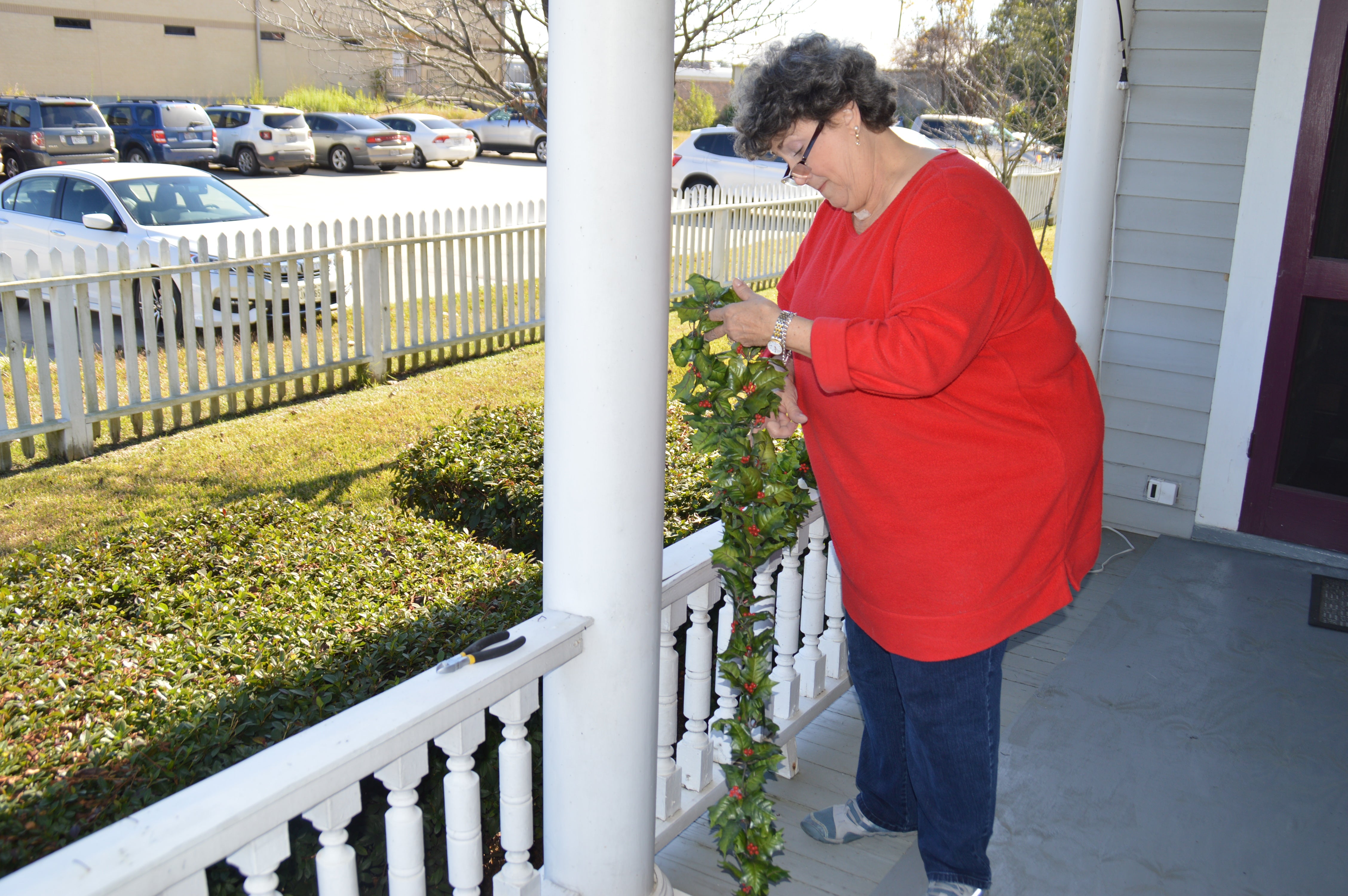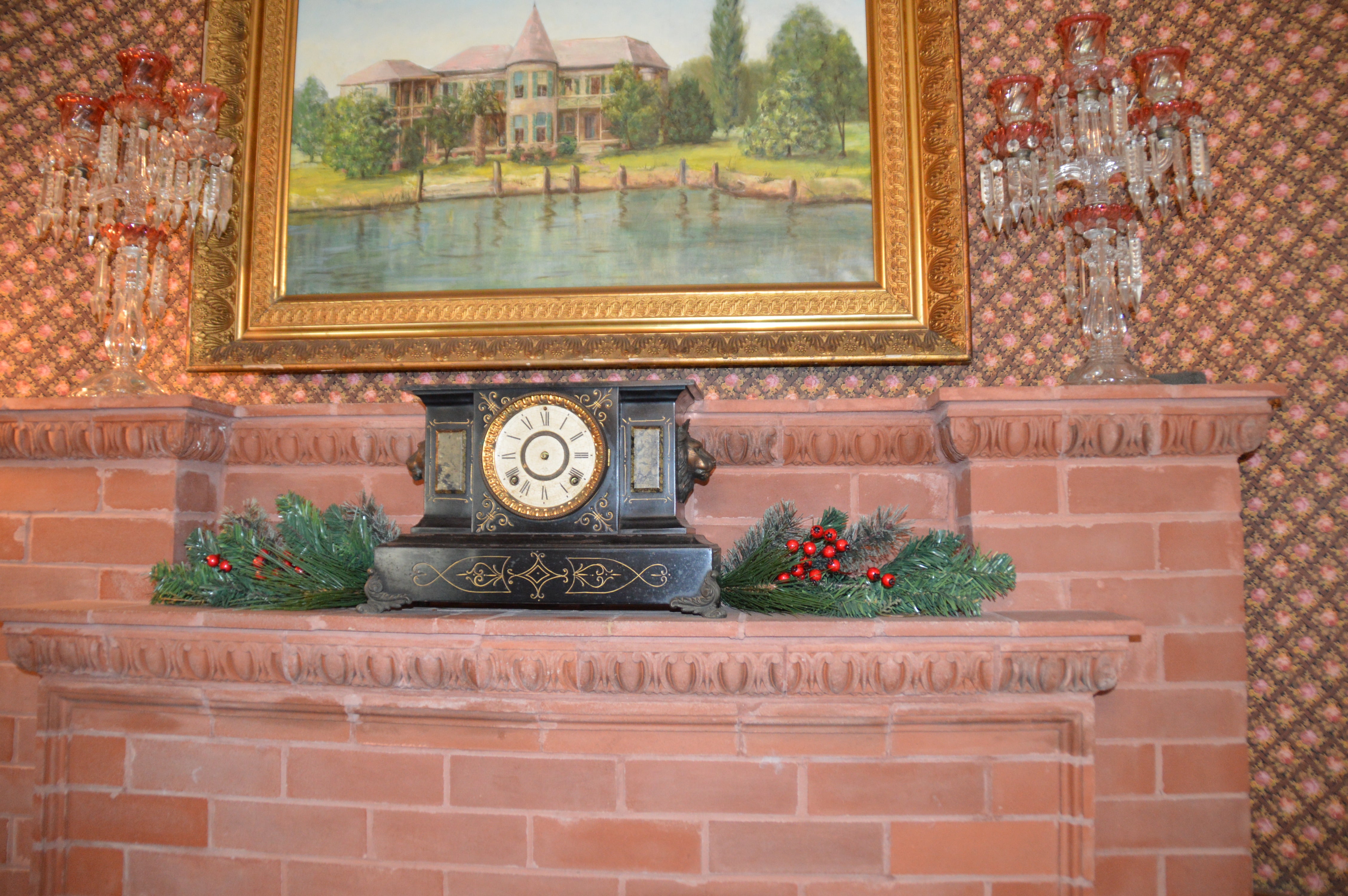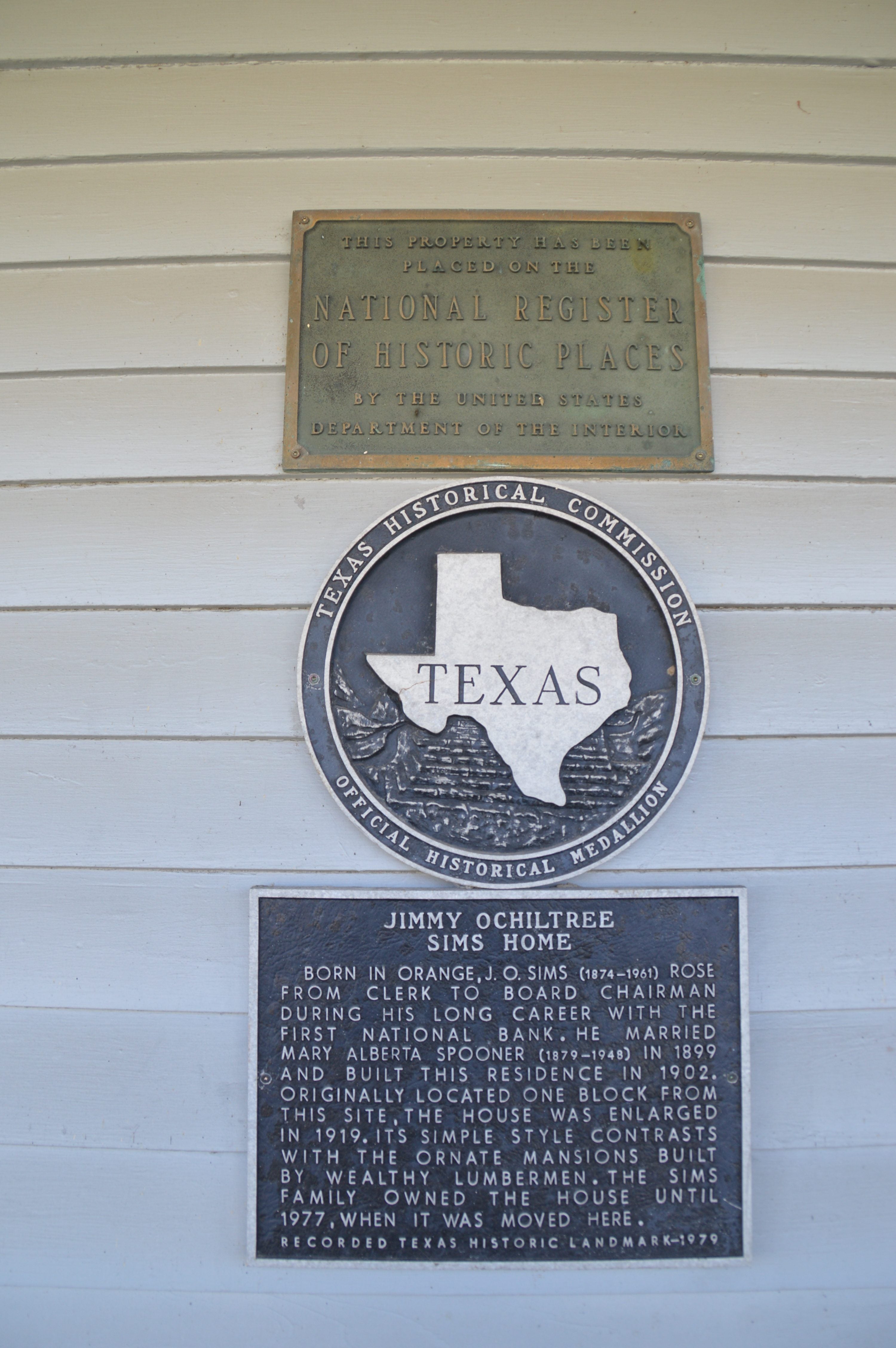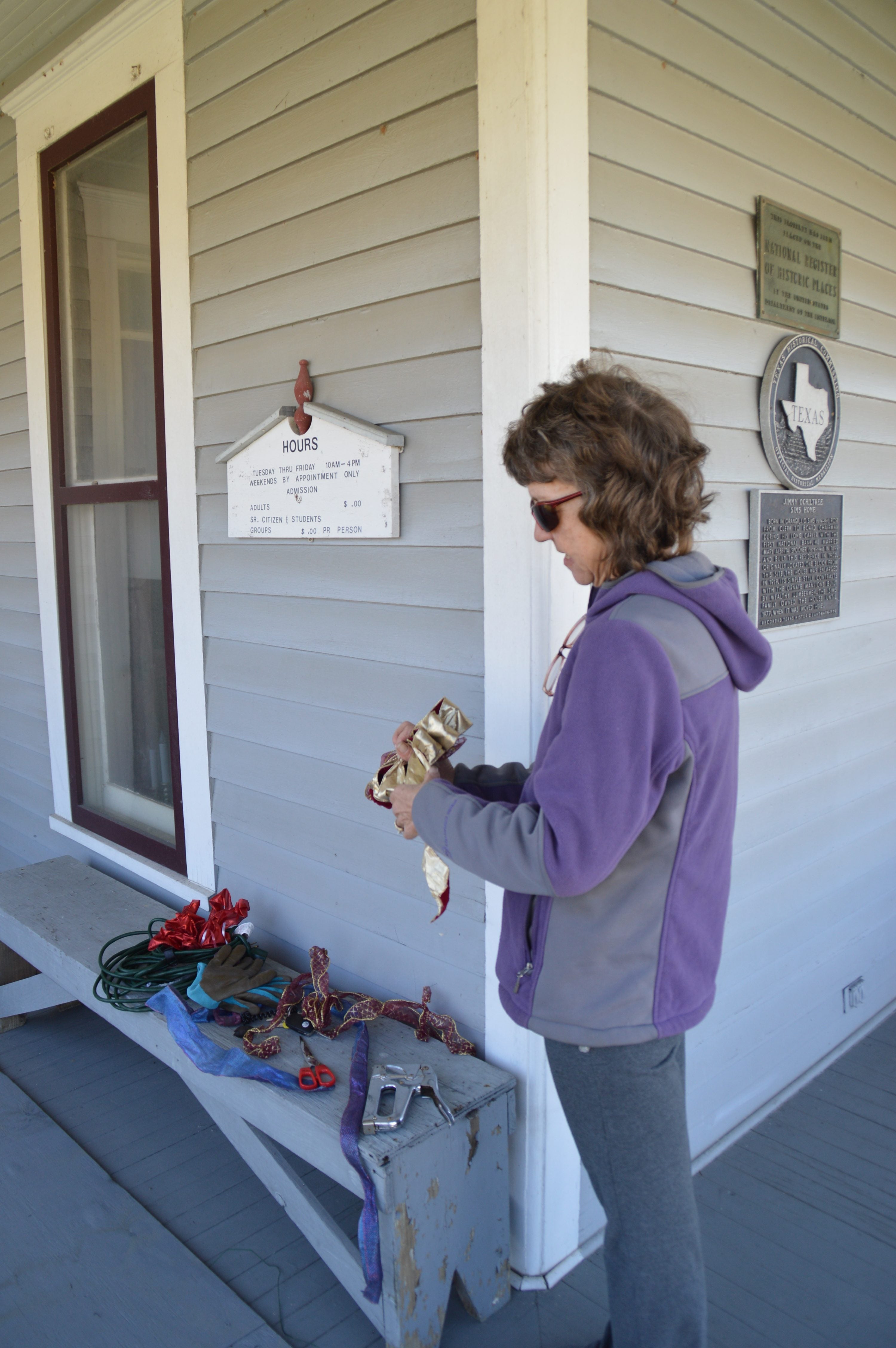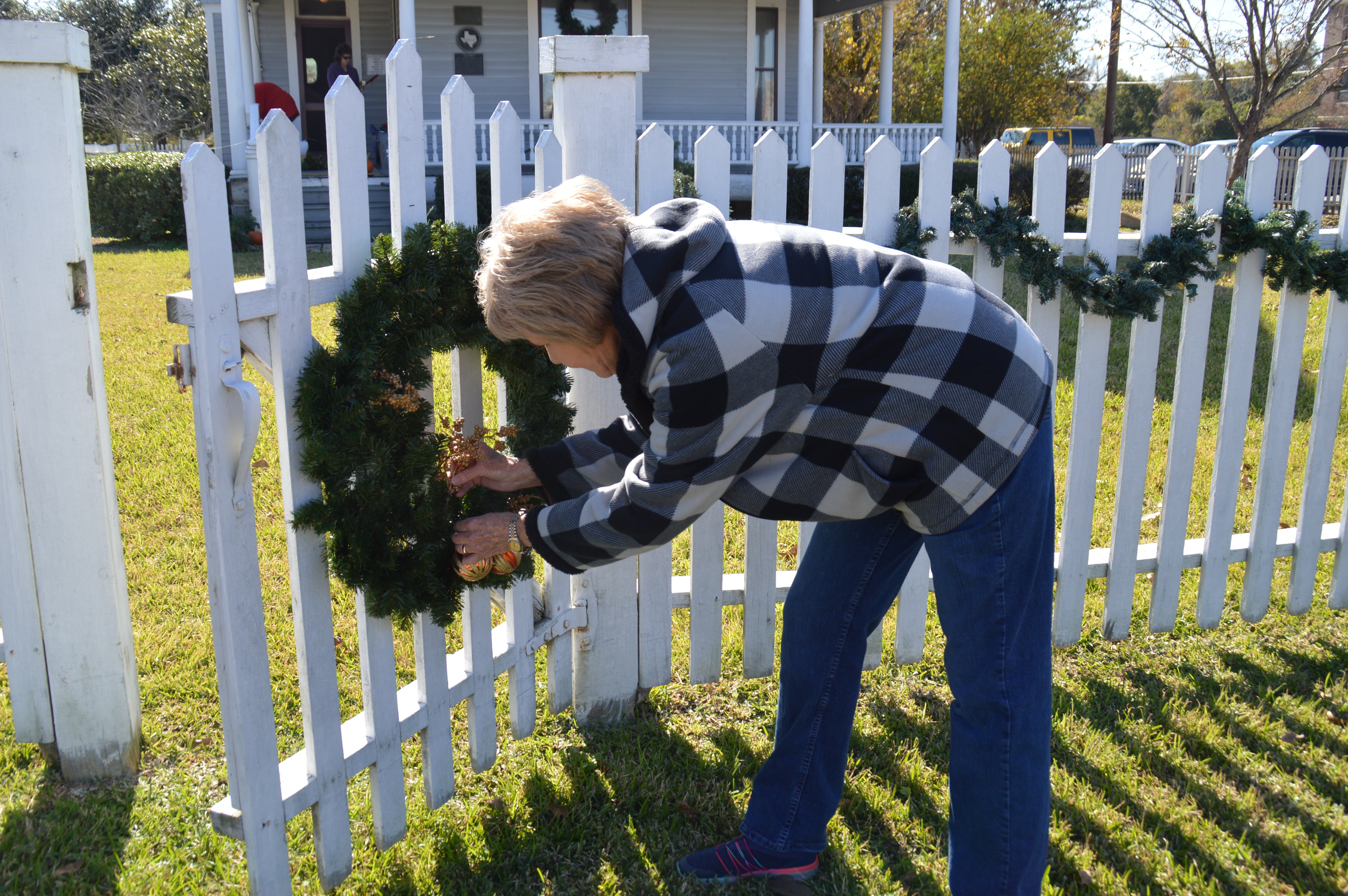Heritage House celebrates Christmas 1918 style
Published 9:25 pm Saturday, December 8, 2018
By Dawn Burleigh
The Orange Leader
With a little Christmas magic, Heritage House is hosting its first in-house event since Hurricane Harvey. Last year, it held an ‘abbreviated’ version of Christmas and the Ghost Walks but this Saturday and Sunday, the doors to the house will be open.
Decorated as was 100 years ago, visitors will step back in time to 1918 – the year Raggedy Ann and Lincoln Logs were created.
John Lloyd Wright, the second child of famed architect Frank Lloyd Wright, in 1916, using the blueprint for the Imperial Hotel as a model, he created a toy construction set that consisted of notched pieces of wood that children could stack to build log cabins, forts, and other rustic buildings.
In 1918, John Lloyd Wright began to market his creation through his own firm, the Red Square Toy Company, and two years later he received a patent for his “toy-cabin construction,” according to history.com.
Johnny Gruelle received US Patent D47789 for his Raggedy Ann doll on September 7, 1915. The character was created in 1915 as a doll and was introduced to the public in the 1918 book Raggedy Ann Stories. When a doll was marketed with the book, the concept had great success.
Join the Heritage Christmas Open House as it takes a step back in time and experience the traditional Christmas as it was 100 years ago. The event is free for all ages. Bring your camera to capture the moments.
The House will be open 5 p.m. – 7 p.m. Saturday, Dec. 8 and 2 p.m. – 5 p.m. Sunday, Dec. 9. Heritage House Museum of Orange County is located at 905 West Division in Orange.
The house is a typical upper-middle-class residence of the 1900-1929 periods. The structure was moved from its original location at 809 Front Street and restored to its earlier appearance. The exterior of the home is painted gray with maroon trim just as it was in 1919. When major modification was made the longleaf pine woodwork and original lighting fixtures inside were restored, and reproduction period wallpaper and curtains cover the walls and windows of the original two-story six-room structure. The Texas Historical Commission lists the house as a Recorded Historic Texas Landmark. The rooms reflect the lifestyles of the upper-middle-class family in the early twentieth century in Orange, Texas, according to its official website.


